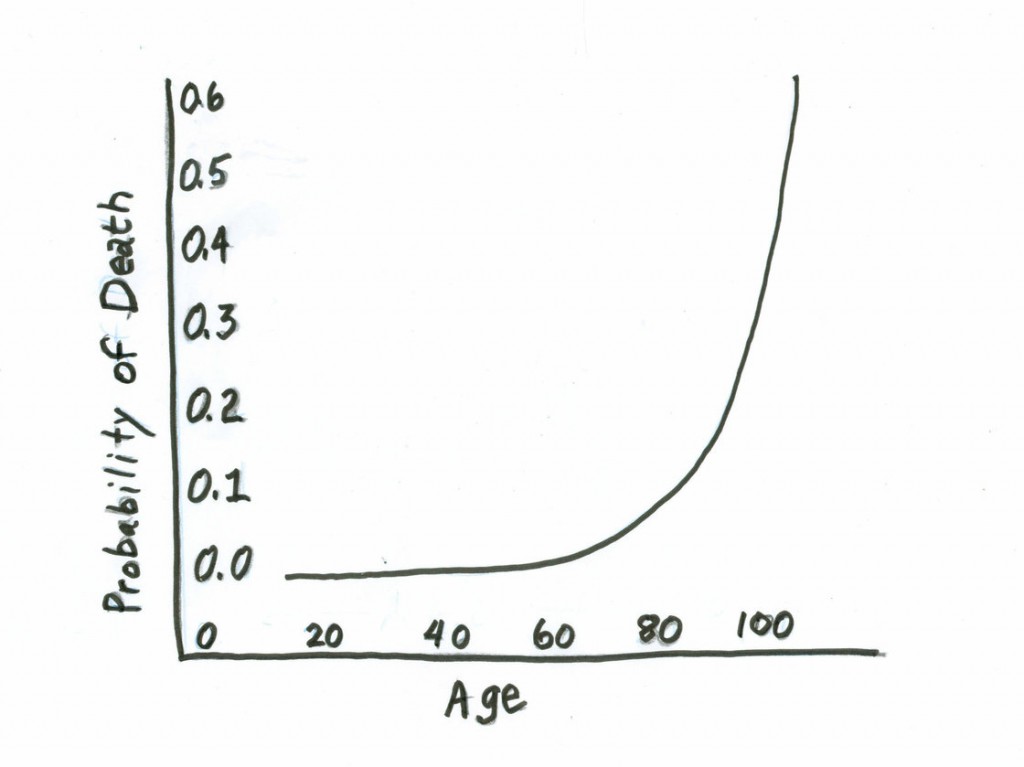What do the above all have in common? That’s right, “nonlinear” concepts!
 It is interesting that one of the great minds of humanity, Albert Einstein spent his time on “nonlinear” concepts such as “time, space, reality, and oneness.” I find it more interesting that the interdependence of these “nonlinear” concepts is what makes a market tick as well.
It is interesting that one of the great minds of humanity, Albert Einstein spent his time on “nonlinear” concepts such as “time, space, reality, and oneness.” I find it more interesting that the interdependence of these “nonlinear” concepts is what makes a market tick as well.
As a trader, “timing” your trade within the “market” is based on “reality” in relation to the “oneness” of other traders and your outcome is determined by the “space” or movement of your position.
It is my opinion based on consulting with many traders that most traders incorrectly view the markets from purely a “linear” mindset and instead should view the markets from a “nonlinear” mindset as the markets are “nonlinear” themselves. This is why rigid logical thinkers or “linear intellectuals” find trading the markets so frustrating. Since they operate from their logical “linear” “beta” mind state, and become frustrated when market behavior does not do what it “should.” This is also why I feel that successful trading has to be both “art” & “science.”
Think about how you approach the markets and to what degree you are a “linear” vs. a “nonlinear” mindset. Also try and remember a trade or trading day where it seemed effortless and you just “let-go” and flowed with the market. In days like these, I’ll bet logical thinking was secondary to enjoying yourself, and selecting trades based on both your trading “tools” and your “intuition” which represents trading the markets as an “art” & “science.” Compare that to days when you where frustrated because the market did not do what it was suppose to based solely on logical assumptions.
Usually fear and greed are by products of logical thinking. Fear and greed are emotions and “nonlinear” in concept, but created by “linear” thinking. Isn’t it interesting that fear and greed are present in the markets and are “nonlinear” as well. Or is it because fear and greed are “nonlinear” and that they are present in the markets?
Maybe the key to a good trading system should be based on how to measure or determine “nonlinear” market events such as fear and greed. The purpose of this article is to have you look at the markets from a “nonlinear” point of view so that you can perhaps “see” market relationships that where invisible to you before.


 It is interesting that one of the great minds of humanity, Albert Einstein spent his time on “nonlinear” concepts such as “time, space, reality, and oneness.” I find it more interesting that the interdependence of these “nonlinear” concepts is what makes a market tick as well.
It is interesting that one of the great minds of humanity, Albert Einstein spent his time on “nonlinear” concepts such as “time, space, reality, and oneness.” I find it more interesting that the interdependence of these “nonlinear” concepts is what makes a market tick as well.